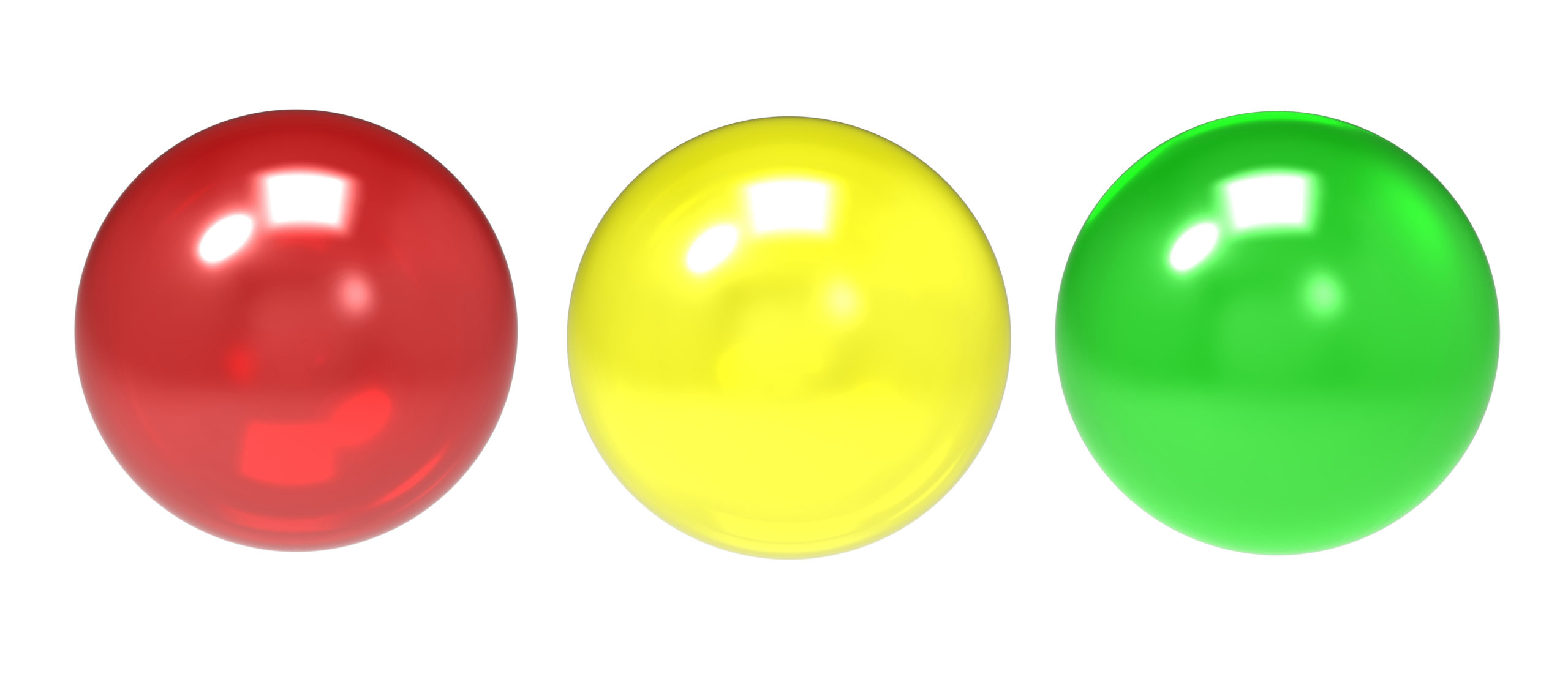 Robert Weiss PhD, LCSW, CSAT
Robert Weiss PhD, LCSW, CSAT
Circle Plans (also known as Boundary Plans and Sobriety Plans) are created to help problem porn users understand their goals for recovery and the behaviors (including but not limited to the use of porn) they need to either eliminate or pay attention to. All problem porn users will list pornography as a behavior to be eliminated. Other behaviors listed will vary by user depending on the user’s history and life circumstances. This means that Circle Plans are not one-size-fits-all.
Typically, the process of creating your Circle Plan for problem porn use begins with a list of goals. A few commonly stated goals include:
- I don’t want to lie and keep secrets about my sexual behavior.
- I want to feel connected with the world and other people.
- I don’t want to “lose myself” to pornography, forgetting about (or ignoring) other, more important parts of my life.
Many problem porn users will also list less-tangible goals, such as “being a better person” and “living my life with integrity.” That is perfectly acceptable, as long as concrete and specific sex, porn, and relational goals are also mentioned.
Once your goals are clearly stated, you can move forward with the creation of your personalized Circle Plan. These plans, created to support your goals for recovery, are broken into inner (red light), middle (yellow light), and outer (green light) circles as follows:
The Inner (Red Light) Circle
This is your bottom-line definition of sobriety. Here you list concrete, specific behaviors (not thoughts or fantasies) that you want to stop. These behaviors will vary from person to person depending on life circumstances and goals. That said, with problem porn use, pornography is always an inner circle behavior. Other inner circle, red light behaviors might include:
- Sexualized webcamming.
- Cruising for sex (online or real-world).
- Posting an online dating/hookup profile.
- Strip clubs.
- Masturbation to fantasies of past porn use.
The Middle (Yellow Light) Circle
Your middle circle lists warning signs and slippery situations that might lead you back to porn or other inner circle behaviors. Here you list the people, places, thoughts, fantasies, events, and experiences that might trigger your desire to relapse. In addition to obvious potential triggers, this list should include things that might indirectly trigger a desire to act out – working long hours, keeping secrets, worrying about finances, etc. A few common yellow light items are:
- Skipping therapy or a support group meeting.
- Lying (about anything), especially to a loved one.
- Feeling hungry, angry, anxious, lonely, bored, tired, etc.
- Fighting and/or arguing, especially with loved ones and/or authority figures.
- Unstructured time alone.
The Outer (Green Light) Circle
Your outer circle lists healthy behaviors and activities that can and hopefully will lead you toward your life goals. These activities are what you can turn to as a replacement for porn use. Green light options may be immediate and concrete, such as “working on the house,” or long-term and less tangible, such as “redefining my career goals.” In all cases, your list should reflect a healthy combination of work, recovery, and play. A few common outer circle behaviors are:
- Spend more time with my family, especially my kids.
- Reconnect with old friends.
- Rekindle an old hobby (or develop a new one).
- Get in shape.
- Do volunteer work and become more active in my community.
When crafting a circle plan, one potentially tricky area is masturbation. For many (probably most) problem porn users, masturbation is an integral part of the addiction cycle, escalating the fantasies that produce the escapist high of porn use. In such cases, masturbation is an inner-circle, red light behavior. Other problem porn users may feel that masturbation is a slippery, yellow light behavior rather than a bottom line. Given the confusion about masturbation and where to place it within one’s Circle Plan, it is best to initially err on the side of caution.
* * * * * * * * * *
If you or someone you care about is struggling with pornography, help is available. Seeking Integrity offers inpatient treatment for sex and porn addicts, as well as low-cost online workgroups. At the same time, SexandRelationshipHealing.com offers a variety of free webinars and drop-in discussion groups, podcasts, and more.
